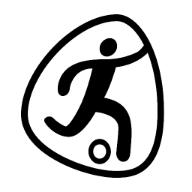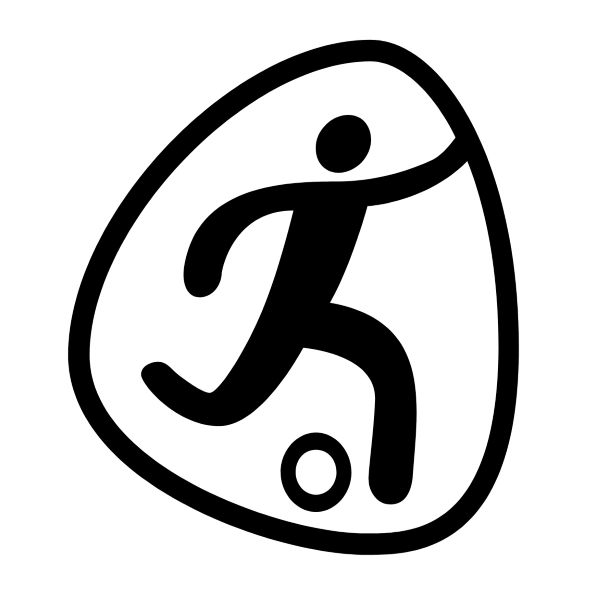Bayer Leverkusen’s second matchday in the Champions League arrives with a paradox. On paper, the opponent’s coach and game model offer opportunities tailor-made for quick, vertical football.
Peter Bosz’s PSV will insist on front-foot possession, aggressive spacing and a defensive line that lives high up the pitch. That typically hands transition-minded teams the very corridors they crave. Yet Kasper Hjulmand’s plan is complicated by a significant handicap: the absence of Nathan Tella, whose explosiveness and craft between the lines were decisive in Leverkusen’s best performance of the season against a similarly assertive Eintracht Frankfurt. Reproducing that blueprint without Tella forces Hjulmand into choices that carry structural and developmental risk.
Tella’s influence against Frankfurt was less about headline actions and more about chain reactions. Operating as a half-right No. 10, he blended vertical darts with short supporting angles, repeatedly turning sterile circulation into penetration. His two fouls won for set pieces came from timing, not just speed: arriving on the blind side of a defender, receiving on the half-turn, and provoking contact in zones that punish rash challenges. Remove that piece and Leverkusen lose a connector who both stretches and stitches play. In a match where PSV will likely compress the middle and dare Leverkusen to break lines, the need for a player who can both slip away from pressure and carry at top speed is acute.
That is why the alternatives present such a strategic fork. Axel Tape, at 18, is nominally a defender but owns the raw tools that translate to the right flank in an up-and-back role: recovery pace, long stride, and the elasticity to surge past a marker. Used on the right rail, he could pin PSV’s left-back, open inside lanes for an eight, and threaten the space behind a high line. The trade-off is sophistication. Wing play against a Bosz side is not only about winning a foot race; it is about synchronizing the third man, understanding when to underlap to drag a full-back narrow, and when to stay wide to stretch the block. Tape can add depth, but depth without timing risks turnovers in exposed zones.
Ernest Poku, by contrast, is a true winger. His straight-line speed will worry a high line, and his instinct to attack the channel outside the center-back can produce the kind of diagonal through-ball that flips a match. But asking him to mimic Tella’s half-space playmaking is a leap. That role demands receiving under partial pressure, manipulating an opponent with first-touch orientation, and releasing the ball at the exact moment the full-back or striker hits the gap. If Poku is thrown into twin-10 duties, Leverkusen could become predictable: first touch wide, head down, and a direct duel that PSV’s cover can anticipate.
Layered onto that is the situation up top. With Patrik Schick sidelined, Christian Kofane, 19, is the likely stop-gap at center-forward. An inexperienced line-leader can still be effective if the team’s patterns simplify his decisions. Near-post sprints on early crosses, wall passes to bounce pressure, and back-post ghosting on cutbacks can all be coached. What cannot be faked is the chemistry that lets a striker read the exact angle and tempo of a No. 10’s pass through traffic. Fielding two raw attackers next to a raw No. 9 multiplies the margin for error and reduces ball security. It also weakens rest-defense because lost duels up the pitch tend to be messier, forcing longer recovery sprints and leaving midfield spacing ragged.
Hjulmand’s task, therefore, is less about names and more about guardrails. If he selects Tape for the right lane, he can build a lopsided platform behind him: the right center-back shading wide to form a back three in possession, the holding midfielder sliding across to close the inside channel, and the right-sided eight taking a slightly deeper starting position to provide an immediate backward outlet. That gives Tape permission to sprint without leaving the zone catastrophically open if possession is lost. If Poku is preferred as a half-space option, the cue should be to start between lines but rotate wide as the ball travels, arriving to receive on the move rather than posting up with back to goal. Arrivals are harder to track than static targets, especially against a high line preoccupied with depth.
Set pieces become a quiet lever in Tella’s absence. Without his knack for drawing dangerous fouls, Leverkusen can still manufacture dead-ball value by rehearsing early-phase verticals aimed at second balls around the D. PSV’s back line, when pushed up, naturally creates a big gap between the keeper and defenders; chipped diagonals toward a crashing midfielder can force awkward contacts and hand Leverkusen free kicks in repeatable zones. Even if those do not yield direct shots, they slow PSV’s tempo and let Leverkusen reset shape, an underrated benefit against a flow team.
Pressing is the other hinge. Bosz wants structured chaos: circulating quickly until the opponent’s distances stretch, then punching through a seam. Leverkusen can invert the script by lowering the line of engagement a few meters, keeping the unit compact, and triggering pressure not on the first pass but on the second touch from a full-back or six with closed body shape. That bait-and-pounce approach compresses the field around the ball, shortens passing lanes, and tees up precisely the transition runs Tape or Poku can finish. It also protects Kofane, who can defend by curving runs to block lanes rather than winning physical duels he may not yet be ready for.
Personnel beyond the headline choices will matter. Malik Tillman’s form dip on the half-left is a problem only if he is asked to be the primary progression hub. If his job is simplified to late box arrivals and link-outs to the overlapping full-back, his tendency to drift can be reframed as a feature that drags markers and opens the corridor for a teammate. A more conservative left-back height can balance the right-side aggression, ensuring rest-defense has at least three plus one behind the ball. And a preplanned 60-minute substitution window for whichever youngster starts can maintain the physical and mental sharpness required to keep exploiting space behind PSV.
Game state will dictate tone. An early Leverkusen goal transforms the match into ideal territory: PSV’s commitment to their principles hardens, lines push higher, and transition opportunities multiply. Conceding first, however, flips the risk calculus. Chasing the game with two raw attackers often leads to forced dribbles and separations between lines. In that scenario, Hjulmand may need to stabilize with an extra midfielder, accept longer possession phases, and create transitions out of counterpress rather than from deep. It is less glamorous but can still draw the high line into mistakes.
The psychology cannot be ignored. Bosz returns to a stadium where his methods produced both spectacle and scars. That memory lives on in the stands and the dressing room. For Leverkusen’s defenders, the lesson from the Bosz years remains relevant: fun football demands responsible spacing. If the front three are inexperienced, the onus shifts to the back five or six to keep distances disciplined and to kill the first pass after turnovers. Clear voices center-backs calling the line, the six dictating when to jump will matter as much as any chalkboard pattern.
None of this eliminates the handicap. Replacing Tella’s maturity in the half-space with teenage thrust is a gamble. But risk management, not risk avoidance, is the path here. If Hjulmand can hard-code a few simple patterns that let Tape or Poku attack on their terms, narrow the pressing triggers to high-percentage cues, and keep Kofane’s brief crystal clear, Leverkusen can still turn Bosz’s ideals against him. Against a high line, you do not need fifteen perfect actions; you need three clean ones. The margin for error shrinks, but the route to a statement night remains open.


